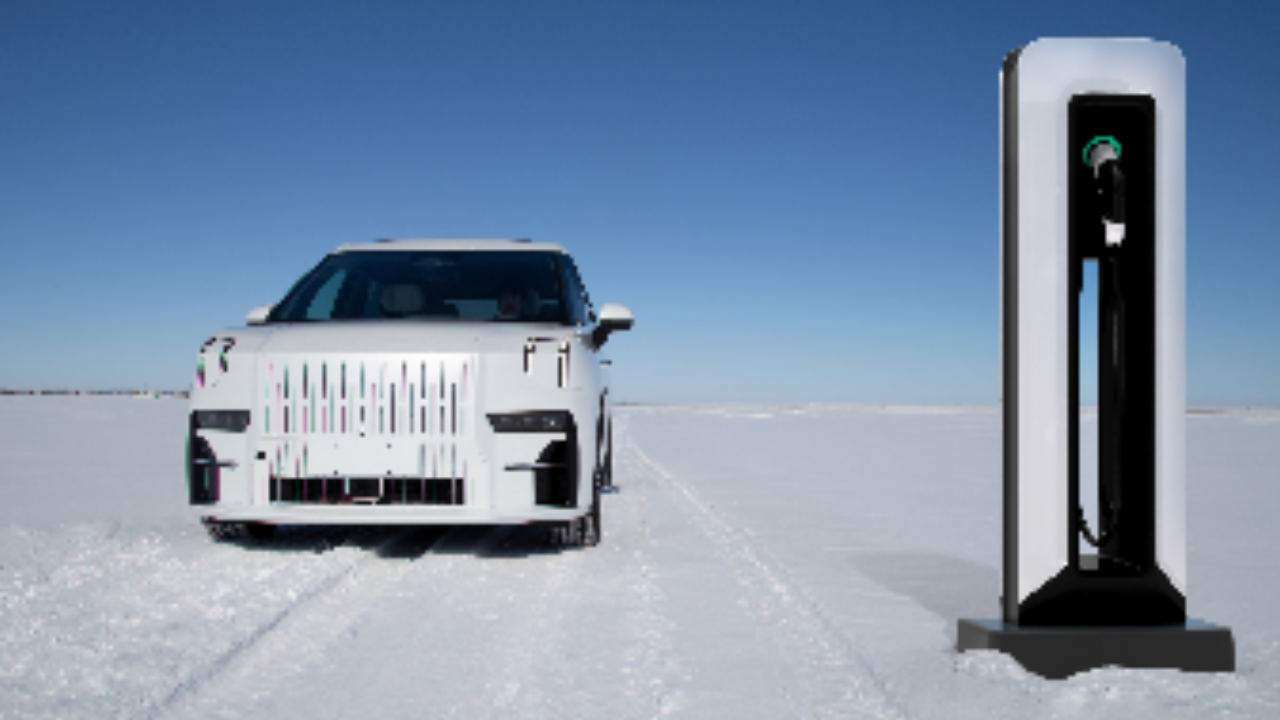An essential part of the infrastructure for electric vehicles (EVs) is a car charging pile, a specific location for EV battery recharging. These charging stations are available in different configurations, including DC Fast Charging, Level 1, and Level 2, with varying charging speeds to suit a range of EV models.
Worries about the range of electric vehicles are significantly reduced by car charging pile, which are widely scattered across public spaces, commercial districts, and highways. These charging stations, an essential component of the ecosystem for sustainable mobility, help lower greenhouse gas emissions and increase the adoption of electric vehicles, leading to a cleaner and greener future for the auto industry.
How do EV Charging Piles Work?
EV charging stations, sometimes known as piles, are specialized facilities that supply electricity for recharging electric cars (EVs). These stations, which come in different varieties like Level 1, Level 2, and DC Fast Charging, are essential to developing the EV industry. Situated in public areas and alongside routes, they provide efficiently accessible charging options, thereby promoting the extensive integration of electric cars and a sustainable transportation landscape in the future.
Compatibility Factors:
Several variables affect whether a charging station is suitable for a given electric vehicle (EV), including electric car charging compatibility. Let’s investigate each of these compatibility factors in further detail:
Charging Standards:
The way that electric vehicles are charged at charging stations is governed by setting standards. The Supercharger network owned by Tesla, CHAdeMO, and CCS (Combined Charging System) are examples of common standards. Variations in EV manufacturers’ standards are possible, and for universal compatibility, charging stations that comply with these standards must be accessible.
Charging Speeds:
Electric vehicles (EVs) have varying levels of charging capacity. Level 1 includes standard household outlets; Level 2 contains dedicated charging stations; and Level 3 includes DC fast chargers. The charging pile’s power output determines the charging speed. While some EVs can only be charged at slower rates via slower AC power, others can handle fast charging with high-power DC fast chargers. The charging speed that the EV and the charging pile support determines compatibility.
Connector Types:
Various connector types, including Type 1, Type 2, CHAdeMO, and CCS, are used in electric vehicle charging stations. To successfully charge an EV, the connector type needs to match the port on the vehicle. Although there are variances, automakers frequently standardize on a particular type of connector for their vehicles. To accommodate various EV models, operators of charging stations must install units with multiple connector types.
Ratings for Power and Voltage:
The power and voltage ratings of charging stations vary, which affects how quickly an EV can be charged. Certain EVs can handle higher voltage levels, which makes charging quicker possible. The charging pile’s specifications must match the connected EV’s power needs for them to be compatible.
Addressing Compatibility Challenges:
Standardization Efforts:
To improve compatibility, industry groups like the Charging Interface Initiative (CharIN) strive to standardize charging protocols. Standardization guarantees that charging stations can accommodate a wider variety of electric vehicles and lessens market fragmentation.
Acceptance of Universal Connectors:
The charging procedure is made simpler by accepting universal connectors, such as the CCS standard. Universally compatible charging stations support a broad range of electric vehicles (EVs), fostering interoperability and convenience for EV owners.
Smart Charging Networks:
These networks use cutting-edge technologies to dynamically modify charging parameters according to the particular needs of the connected electric vehicle. This flexibility ensures effective charging for all-electric cars by optimizing charging speeds and power delivery.
Conclusion
Multiple factors need to be addressed to achieve universal compatibility between electric car charging stations and all types of electric vehicles. To provide a seamless and easily accessible charging infrastructure for the expanding electric vehicle market, standardization efforts, adopting universal connectors, and applying smart charging solutions will be crucial as the industry develops.

